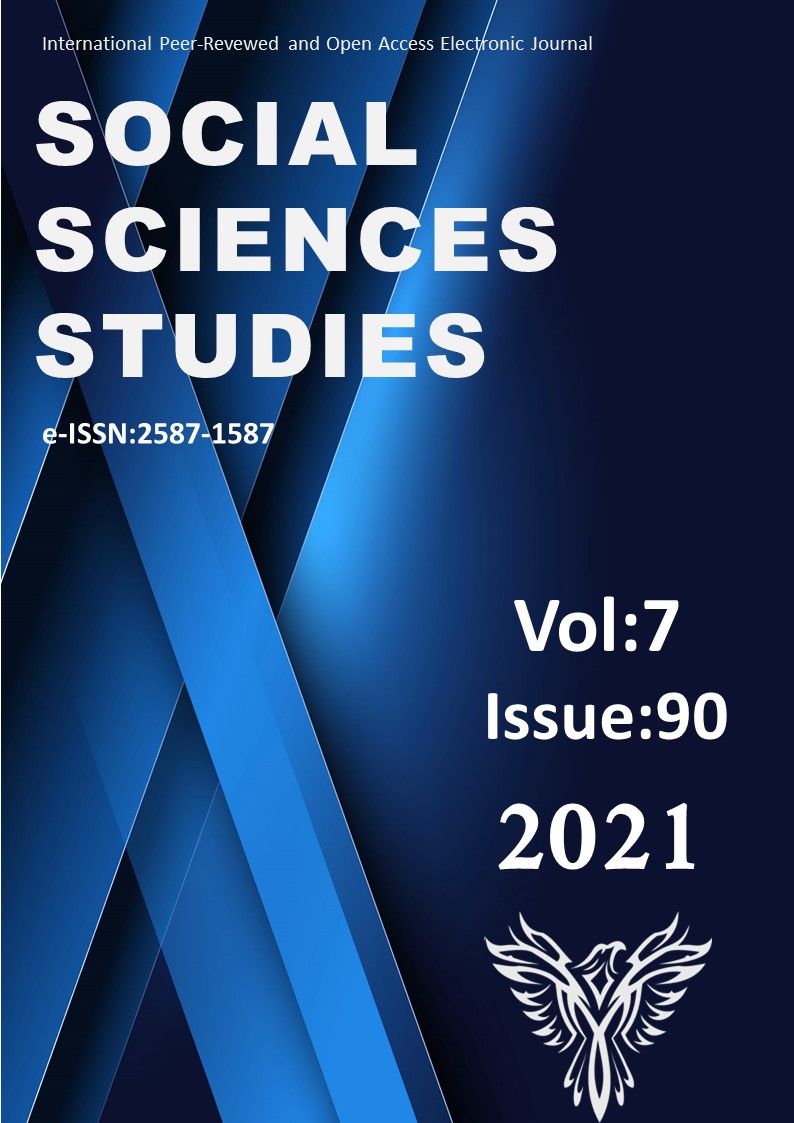INVESTIGATION OF THE EFFECTIVENESS OF MARITIME SUPERVISION SERVICES IN SHIP SOLID BULK CARGO HANDLING OPERATIONS
Author :
Abstract
Bu çalışmada, deniz gözetim hizmetlerinin içerisinde yer alan yük sörvey hizmetlerinin uluslararası kurallar göz önünde bulundurularak uygulanan gözetim, denetim ve kontrol aşamalarının etkinliği araştırılmıştır. Çalışmada, veri toplama yöntemi olarak derinlemesine mülakat tekniği kullanılmıştır. Sektörde faaliyet gösteren deniz gözetim şirketlerinde çalışan uzmanlara açık uçlu sorular sorulmuş ve verilen cevaplar analiz edilmiştir. Analiz sonucunda yük sörvey işlemlerinin etkinliğini arttırabilmek için üzerinde durulması gereken önemli göstergelere ulaşılmıştır. Bu göstergeler arasındaki ilişki yapısı DEMATEL yöntemi kullanılarak ortaya konmuştur. Elde edilen bulgular incelendiğinde yük sörvey hizmetlerinin verimliliğini etkileyen faktörler arasında eğitim ve iletişimin önemli bir yere sahip olduğu görülmektedir. Sonuç olarak, gemilere verilen yük sörvey hizmetlerinin etkinliği birçok faktöre bağlı olarak değişmekte olduğu ve bu faktörlerin birbirleri arasında nedensellik bağı ile bağlı oldukları gözlenmiştir.
Keywords
Abstract
In this study, the effectiveness of the supervision, inspection and control stages of the cargo survey services, which are included in the maritime supervision services, are investigated by taking into account the international rules. In the study, in-depth interview technique was used as the data collection method. Open-ended questions were asked to experts working in the maritime supervision companies operating in the sector and the answers were analyzed. As a result of the analysis, important indicators that need to be emphasized in order to increase the efficiency of cargo survey operations were reached. The relationship structure among these indicators was revealed using the DEMATEL method. When the findings are examined, it is seen that education and communication have an important place among the factors affecting the efficiency of cargo survey services. As a result, it has been observed that the efficiency of cargo survey services given to ships varies depending on many factors and these factors are connected with each other by a causal link.





